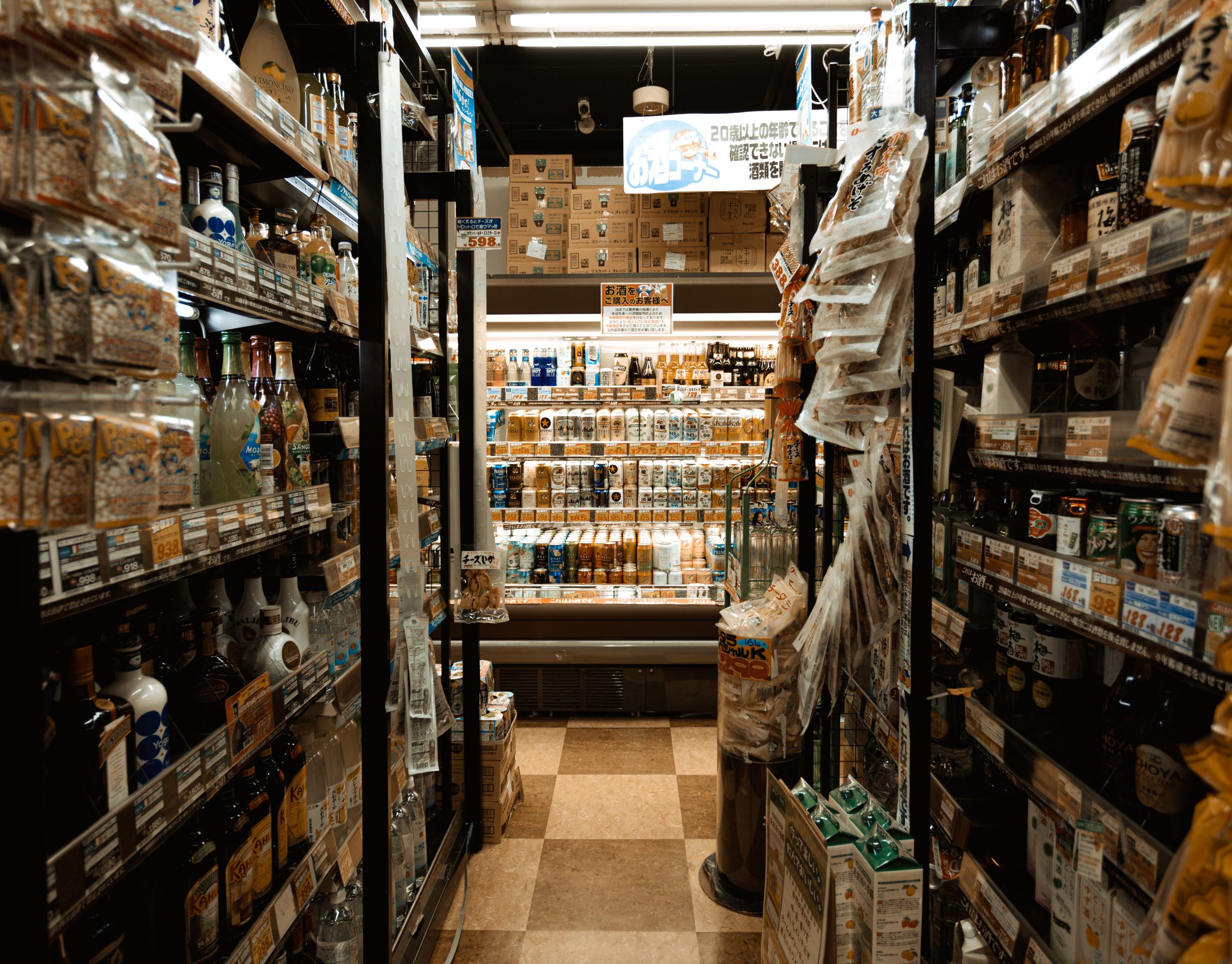According to recent findings by Consumer Reports, two chemicals known as phthalates and bisphenols, associated with various health risks such as diabetes and hormone disruption, are pervasive in a wide range of supermarket staples and fast foods.
The presence of these chemicals was identified irrespective of packaging, ingredients, and organic certification status.
The study uncovered a significant prevalence of phthalates, found in 99% of examined supermarket and fast food items.
These plasticizers, enhancing plastic flexibility, are widely present, emphasizing considerable exposure in the food supply chain.
Furthermore, 79% of tested food samples contained bisphenol A (BPA), a key industrial chemical in plastic manufacturing, along with various other bisphenols.
Both BPA and its counterparts have raised health concerns in scientific studies.
The substantial presence of these chemicals in tested food items highlights potential health risks, emphasizing the necessity for ongoing scrutiny and regulatory actions to address their presence and ensure public health protection.
Supermarket Foods: Annie’s Cheesy Ravioli Leads in Phthalate Content

In the examination of supermarket foods, Annie’s Organic Cheesy Ravioli exhibited the highest phthalate concentration, measuring 53,579 per nanogram.
Following closely were Del Monte sliced peaches with 24,928 phthalates per nanogram, and Chicken of the Sea pink salmon with 24,321 phthalates per nanogram.
Notably, the phthalate levels detected in these pre-packaged foods surpassed those found in several fast-food items subjected to testing by Consumer Reports (CR).
For instance, McDonald’s Quarter Pounder With Cheese displayed 9,956 phthalates per nanogram, and Little Caesars Classic Cheese Pizza (cardboard box) contained 5,703 phthalates per nanogram.
However, the fast-food favorite, Wendy’s Crispy Chicken Nuggets, exhibited a notably high concentration of 33,980 phthalates per nanogram.
It is noteworthy that only one product, a can of Polar Seltzer Raspberry Lime, yielded negative results for phthalates.
CR analyzed 85 foods, including prepared meals, fruits and vegetables, milk and dairy products, baby food, fast food, meat, and seafood, encompassing various packaging types such as cans, pouches, and foil.
The testing covered three bisphenols, 10 phthalates, and some of their common chemical substitutes, involving two or three samples of each product in the assessment.
Phthalates have been associated with reproductive disorders and genital abnormalities in various studies, as reported by the National Research Council in a 2008 study. Mayo Clinic research has linked BPA to conditions such as high blood pressure, Type 2 diabetes, and cardiovascular disease.


Comments are closed.